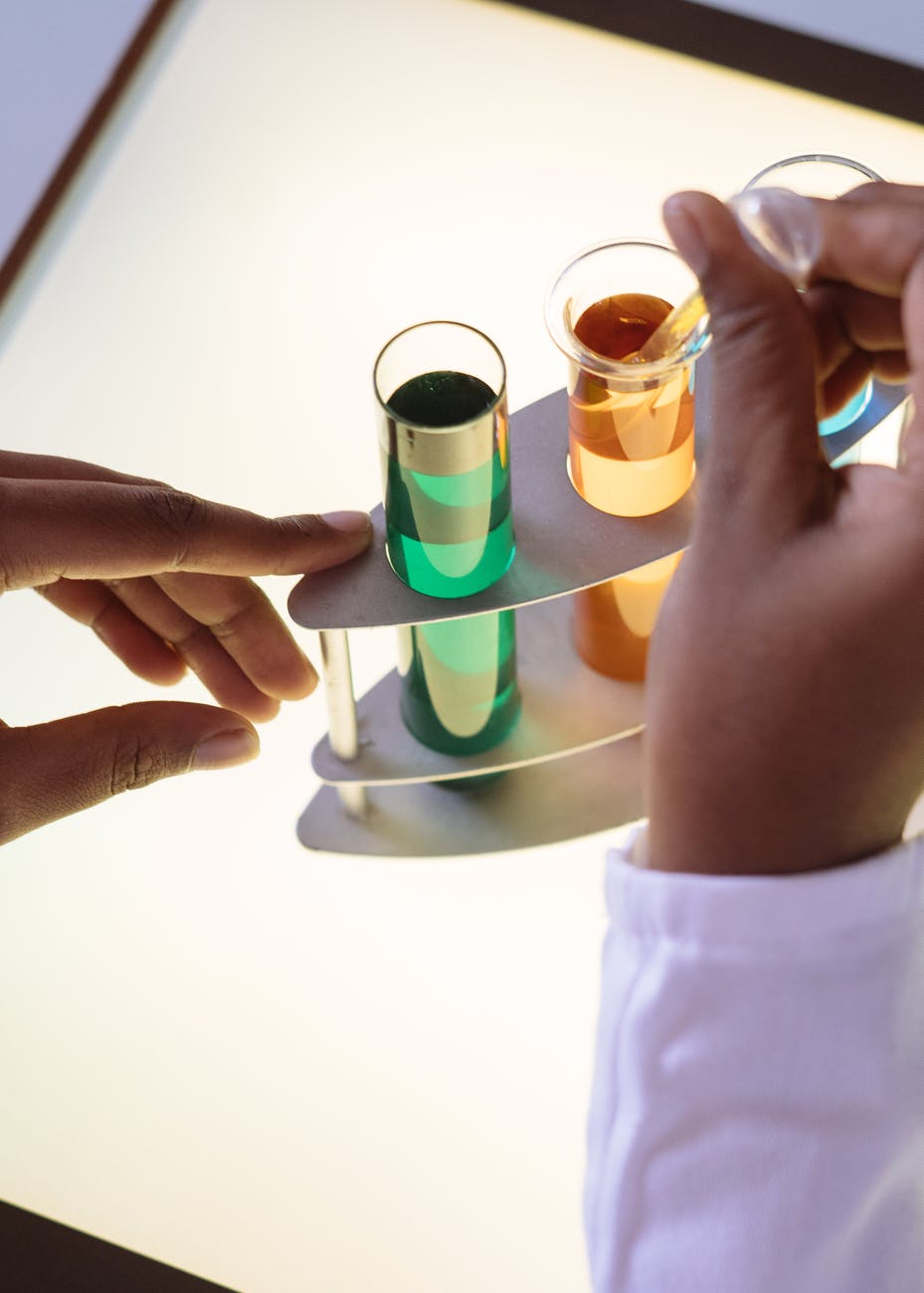While it is important to get a product to market, in the pharmaceutical industry extra precautions are required. The role of pharmaceutical shipping is a technology that allows products to be transported to their destinations using proper temperature management and proper coding. Clients may be able to increase their market share by setting a price and ensuring efficient delivery. Northwest haulage companies drugs require special handling and constant monitoring. ShipPharma and STC Logistics work together to ensure that you receive your order on time with minimal product handling.
The Latest Software and Technology
To control the movement and distribution of pharmaceutical products between locations, efficient 3PL providers use the most recent software and technology. Clients can track their merchandise using this technology with full visibility. Customers can monitor their products in transit in real-time using the software. The software eliminates the need to constantly enter data. Software use makes it easier to communicate with clients and ensures compliance requirements are met. This process allows customers to read all information discussed during shipping. It also eliminates any worries about product quality upon arrival. During product transit, at least 36 points must be registered.
Many pharmaceutical companies do not deal in shipping and logistics. They are responsible for the development of drugs and must get the product to hospitals safely and efficiently. Shipping facilities must comply with security and regulatory requirements. ShipPharma and STC Logistics partner facilities can accommodate large, secure pharmaceutical transport requirements.

Handling Pharmaceutical Cargo
STC Logistics and ShipPharma send medical samples throughout the U.S. 3PL have a vast network of connections that ensures delivery within two hours for delicate cargo. With the help of software management, the movement of merchandise can be managed and moved across the country at an economical rate. The system automatically sends out information to the people who need it once the information has been entered. This allows for more efficient shipping arrangements for customers as well as better internal operations for businesses shipping and housing pharmaceutical products.
Advanced pharmaceutical logistics involve material handling, the management of packages, maintaining records throughout transport, and using temperature-controlled environments to keep products in optimal conditions. Cargo safety is ensured by the information flow between shipping points. Our distribution management system uses trucks and airfreight to ship products. This sensitive freight is assembled at the delivery point once it arrives, and that completes the delivery process.
The future logistics of the pharmaceutical industry
The industry’s most pressing issues in the medium-term are safety requirements, anti-counterfeit medication, logistics costs reduction pressure, and increased services for patients such as consultation, house calls, and prescription management.
Although the European market distributes between national warehouses at both central and regional levels, the construction of warehouses is increasing. It is often outsourced, as well as transportation, because it requires lower costs, eliminates risks, and increases visibility. All of these factors are possible with smart technology.
Method for receiving materials into the warehouse
The warehouse is responsible for receiving starting materials when they arrive at the facility. There are many ways to treat different types of materials. Materials used in production must be registered and checked to ensure that they are approved as a supplier or grade (pharmaceutical, medical). However, each material may not require a unique identification number. Make sure you are familiar with your Standard Operating Procedures.
Start chemicals that are used in product formulation will need to be inspected to ensure they work properly.
- Arrived at an approved supplier
- Do not damage
- Correctly labeled and identified with supplier’s lot number.
- Are given a unique in-house lot number
- Added to inventory
- Then, the samples are taken for release testing.
Some chemicals can also be damaged by heat so they should be kept at controlled temperatures or frozen.
A typical layout for a warehouse
Warehouses are usually classified according to the type of material they hold, such as raw materials, packaging materials, and intermediate or bulk products.

One typical warehouse may contain all or some of the following areas.
- You can store goods in Quarantine until they are inspected and tested. Materials kept in Quarantine can’t be used or released until they have been approved by QC.
- To ensure safety, some warehouses have Dangerous Goods Storage Areas. This area could be used to store flammable goods like ethanol. Here, special storage conditions like flame-proof cabinets are used.
- Some warehouses contain a locked area that can be used to store restricted goods such as drugs of addiction and poisons. This area is only accessible to authorized personnel.
- There is a separate area to identify defective or recalled goods and ensure that they are not sold or issued by mistake.
- Reject area for batches that have been rejected.
- The cool room is usually operated at 2degC – 8degC so temperature-sensitive materials (e.g. Vitamins do not deteriorate
Regularly check that the temperature in your cool room is within acceptable operating temperatures. The cool room typically has a quarantine area and a release area.
- The first place that chemicals are opened is the sampling booth. The sampling room must have air controls that prevent outside air from entering and contain dust from sampling to protect the material. Also, sampling instruments must be cleaned before each use.
Pay special attention to air control systems, gowning, and safe handling chemicals in this area.
- This is an area that has been released for batches that have been tested and approved for use.
- Quarantine is a place to store goods that haven’t been tested or inspected yet. Materials kept in Quarantine are not allowed to be released or used until they have been approved by QC.